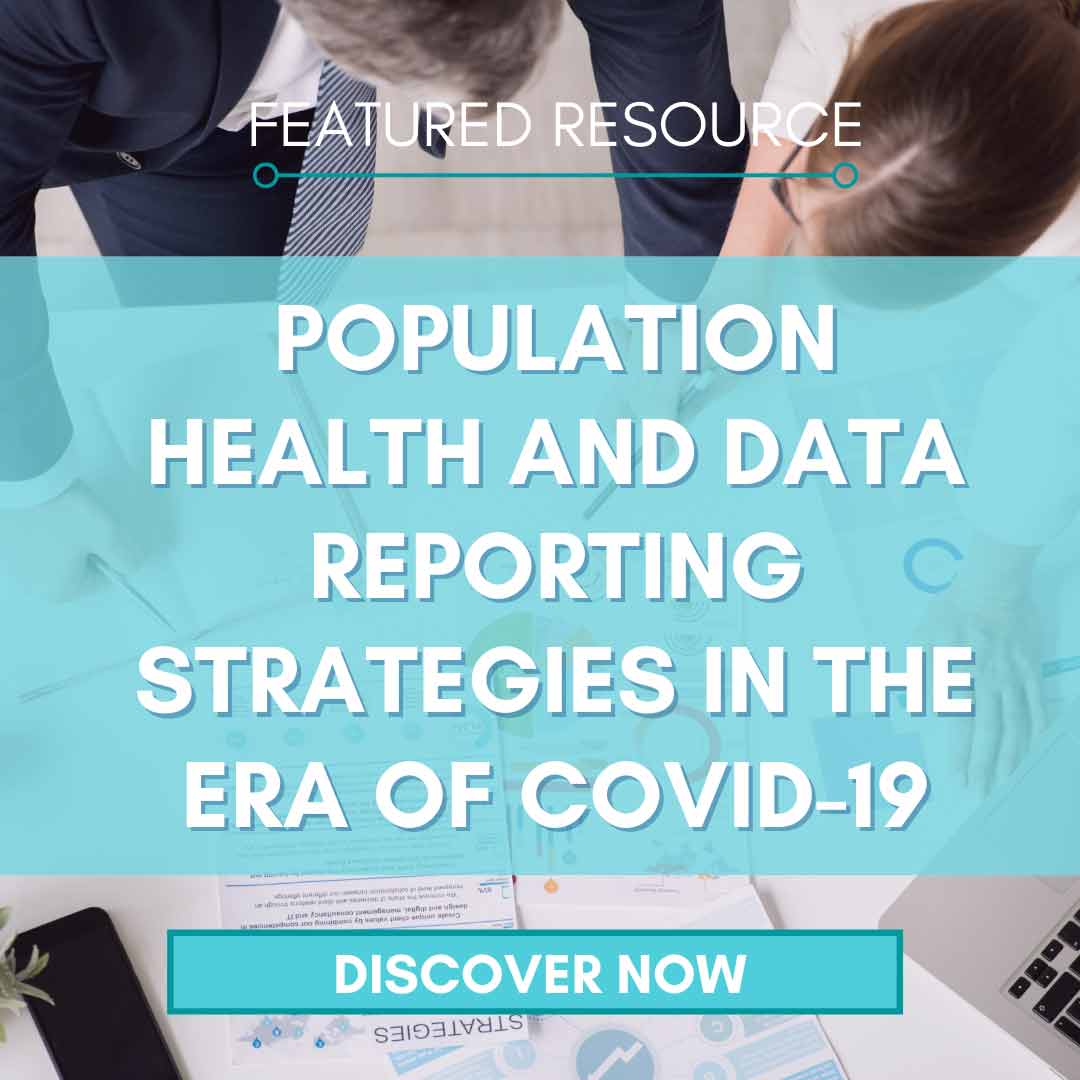Despite the best efforts of various agencies and government officials, accurately plotting data from emerging COVID-19 infections remains a much more challenging task than anticipated. On top of home-test kits and asymptomatic individuals making it difficult to identify the true number of active infections, the lack of more explicit reporting guidelines has provided little insight into how COVID-19 is actually affecting overall public health.
In order to establish more transparency on the effects of COVID-19 and its variants (Omicron in particular), some states are now implementing new reporting guidelines to differentiate between the level of severity in hospital-admitted infections. Officials hope that these changes will provide the data necessary for enabling more informed decision-making.
Distinguishing primary cases from incidental ones
One issue states have had in understanding the level of COVID hospitalizations is understanding which patients are hospitalized for COVID as opposed to those patients who are hospitalized with COVID. To better understand the data, the state of Massachusetts recently rolled out new guidelines for reporting COVID-related hospitalizations.
With the new guidelines, COVID-positive patients will now be reported based on their reason for hospitalization as opposed to being grouped together under one category. Hospitalizations will now be reported as either “primary” or “incidental” based on whether the patient is given dexamethasone, an anti-inflammatory steroid used to treat the majority of hospitalized COVID-19 patients.
Prior to the guidelines, it was difficult to accurately evaluate the severity of the Omicron variant. “A significant number of my COVID patients fell into 2 buckets: mild symptoms & discharged OR were admitted for non-COVID reasons BUT tested positive for COVID (all admitted patients are tested),” Tweeted State Rep. Jon Santiago, an emergency room doctor at Boston Medical Center. “The fact that many patients weren’t primarily admitted FOR COVID but rather for other medical issues should add nuance to the “COVID hospitalization” numbers.”
According to data released by the Massachusetts Department of Public Health, primary and incidental hospitalizations reported using the new guidelines are split nearly-even as of the end of January.

The significance of detail
Although this won’t change how hospital beds or other resources are allocated, the new guidelines will provide some much-needed insight into how Omicron (and COVID in general) is influencing the overall public health.
According to Santiago, the large volume of incidental hospitalizations demonstrates that the vaccine is actually working as intended. “Recall that the vaccine’s primary goal was to prevent severe disease – not prevent transmission. Most of us are bound to get COVID but the majority of people will escape severe consequences.”
Massachusetts’s new reporting strategy illustrates the value of implementing detail-oriented approaches in addressing the pandemic. Pandemics are never black and white, and most countries are now at a stage where minor nuances in the data can play a major role in how officials and scientists respond to new outbreaks and potential hospitalizations.
However, hospitalization records only go so far. Unreported at-home test kits and asymptomatic individuals make it impossible to gauge the actual scale of recent outbreaks. Currently, citizens aren’t required to report positive at-home test results, and with the Biden administration’s recent approval of free at-home COVID tests, the number of unreported infections is only going to grow. The administration’s decision is due in part to their shift in focus from reporting overall cases to just reporting COVID-induced hospitalizations.

Analytics and COVID-19
Proper data governance and analysis remains our best method of understanding COVID-19 (and its variants) and how to properly respond in the event of future outbreaks. To learn more about how data analytics is being used in fighting the COVID-19 pandemic, check out our white paper, “Population Health and Data Reporting Strategies in the Era of COVID-19.”
- How Spirits Brands Can Improve Brand Loyalty with Data Analytics - January 30, 2024
- The Collapse of Herbl, and How Other Cannabis Distributors Can Avoid the Same Fate - January 24, 2024
- Top 5 Blog Posts of 2023 - December 28, 2023




